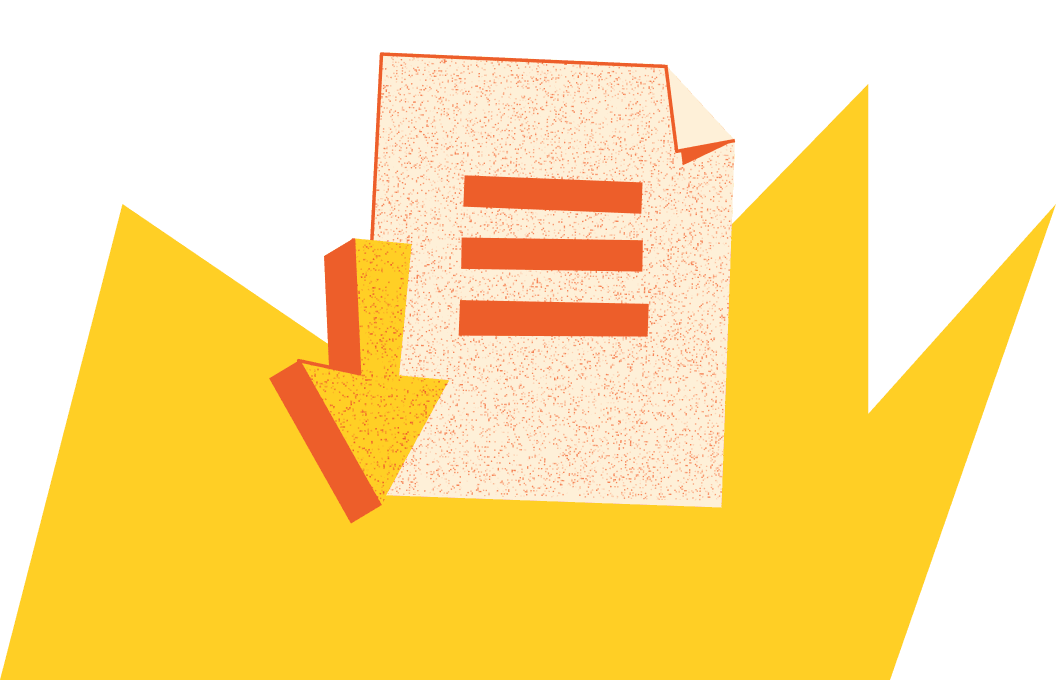Template
Skills Gap Analysis Template
Global HR

Get the resource for free
Skills gap analysis template overview
The skills gap analysis template is a practical tool for evaluating the skill levels within a team, department, or company. It allows you to identify areas where employees need development and prioritize training sessions and development programs based on strategic company needs.
The template includes:
- Department/team name field: Designate the specific team or department you’re performing the analysis for
- Skills list: Define the key skills relevant to the department—these can be soft skills, technical skills, or both
- Skill importance rating: We included a detailed rating system for assessing skill importance on a scale from 1 to 5 (from not important to critical)
- Employee skill rating table: Assess each team member's proficiency in the most relevant skills for their job descriptions
- Skill assessments rating: We included a detailed rating system for assessing skill mastery on a scale from 1 to 5 (unfamiliar to expert) and concrete example indicators for all five levels
- Automated results sheet: The final sheet in the template calculates and displays the results, identifying gaps: you will get individual skill and team member results
- Importance-weighted scores: The skill gap scores combine importance and proficiency ratings to help you prioritize training for the top necessary skills that will contribute to achieving business goals
- Color-coded gap identification: We included visual cues to easily identify critical (red), moderate (yellow), and sufficient (green) skill levels and practical recommendations for creating an action plan for creating training and development initiatives
How to use this skills gap analysis template
The template is structured to provide a clear and concise evaluation of skills within a team or department, focusing on essential areas for development. This proactive approach to skills development boosts team efficiency and supports career growth for individual employees, making it an essential component of effective workforce planning.
- Add department/team name: The first step of the skill gap analysis is defining the team or department for which you’re performing the analysis
- List key skills: Identify up to 10 critical skills for the department—you can also add new skills that will keep your workforce competitive in the face of new technology and industry changes
- Rate skill importance: Score each skill from 1 (least important) to 5 (most important—this step will help you prioritize the most important skills when planning training programs)
- Assess employee skills: Rate each team member's proficiency in these skills from 1 (least proficient) to 5 (most proficient)—this step will help you prioritize upskilling where your employees mostly lag behind
- Understand the scores: All your data will automatically compile in the results sheet, and the formulas will populate the analysis results
- Identify skill gaps: Spot critical gaps for individual and team development focus, also consider the average scores for both the individual level and skills level to identify broader trends and needs
- Interpret results: The color-coded results and importance-weighted scores provide an intuitive and immediate understanding of skill sets requiring attention, facilitating quick and effective decision-making
- Prioritize action: The tool not only pinpoints where improvements are needed but also helps prioritize these improvements by aligning them with the strategic goals of your organization
More resources
- Complete Competency Framework (with 100+ competencies across ten departments)
- Competency-Based Employee Performance Review Form
- Individual Employee Training Plan Template
- 70-20-10 Employee Development Plan Template
FAQs
What does a skills gap analysis look like?
A skills gap analysis often takes the form of a structured assessment or report that outlines the specific skills and competencies needed for various roles within an organization. It may include charts, tables, or matrices comparing the current state of skill mastery to desired proficiency levels. The skills gap analysis then serves as a starting point for defining training needs and training or development initiatives (e.g., eLearning modules, training certifications, leadership development programs).
How do you do a skills gap analysis?
Conducting a skills gap analysis involves identifying the disparity between the skills and knowledge employees currently possess and those required to meet organizational goals. The process typically involves assessing current employee skills, determining desired skills, analyzing the gaps, and developing strategies to bridge them.
How long does a skills gap analysis take?
The duration of a skills gap analysis can vary depending on the size and complexity of the organization, the number of roles under assessment, and the depth of analysis required. It may take anywhere from a few weeks to several months to complete, depending on the scope and resources available.
However, a skills gap analysis template significantly reduces the time by providing the structure, logic, and automation to calculate and identify gaps.
What is an example of a skill gap?
An example of a skill gap could be a software development team lacking expertise in a particular programming language required for a new project. Another example could be customer service representatives needing training in conflict resolution techniques to handle challenging interactions more effectively and achieve higher customer retention rates.
Is a SWOT analysis a gap analysis?
No, a SWOT analysis and a gap analysis are two distinct methodologies. A SWOT analysis assesses an organization's strengths, weaknesses, opportunities, and threats. In contrast, a gap analysis focuses specifically on identifying discrepancies between current and desired skills, knowledge, or performance levels.
However, it is worth noting that a workforce that needs intense reskilling or upskilling could present a threat to an organization. So, the two methodologies can be complementary.
What are the five basic steps in the gap analysis process?
The five basic steps in the gap analysis process are:
- Defining goals and expectations
- Assessing current skills and performance
- Identifying desired skills and performance levels
- Analyzing the gaps between current and desired states and highlighting priority skill needs
- Developing and implementing strategies to close the gaps





